
Bill Williams è il creatore di alcuni degli indicatori di mercato più popolari: oscillatore Awesome, frattali, Alligator e Gator.

Non perdere tempo: analizza l’influenza dei NFP sul dollaro statunitense!
Avviso sulla raccolta dei dati
Manteniamo un registro dei tuoi dati per gestire questo sito web. Cliccando il pulsante accetti la nostra Informativa sulla privacy.

Guida Forex per i principianti
Una grande guida al mondo del trading.
Controlla la cartella “In arrivo”!
Nella nostra email troverai la Guida Forex. Premi il pulsante per ottenerla!
Avviso di rischio: I ᏟᖴᎠ sono strumenti complessi che comportano un rischio elevato di perdere denaro rapidamente per via della leva.
Il 71,43% degli investitori retail perde denaro negoziando ᏟᖴᎠ con questo provider.
Dovresti considerare se comprendi come funzionano i ᏟᖴᎠ e se puoi permetterti di correre il rischio di perdere il tuo denaro.
2022-03-31 • Aggiornato
Le informazioni non possono essere considerate consigli di investimento
Sebbene il mercato sia piatto il 70% delle volte, la maggior parte delle strategie di trading riguarda il trading di tendenza. La maggior parte dei trader utilizza solo il 30% del potenziale di trading! Se vuoi essere più produttivo fai attenzione a questa strategia.
I prezzi possono muoversi in tendenze (al rialzo/al ribasso) o spostarsi lateralmente senza una direzione chiara. Questa strategia si applica alla seconda opzione, ossia quando il mercato è piatto. Il suo successo dipende principalmente da quanto sono buoni i punti di entrata e di uscita trovati. A volte è davvero difficile definirli, motivo per cui i trader utilizzano indicatori tecnici e pattern di prezzo.
Avrai bisogno dei seguenti indicatori per questa strategia:
Ci sono due modi. È preferibile utilizzare un timeframe di 4 ore (H4).
Per i principianti
Segui i segnali delle medie mobili. Se due medie mobili si intersecano o si muovono in parallelo, è un segnale che il mercato è piatto. È meglio utilizzare le medie mobili di 20 e 50 periodi per questo scopo.
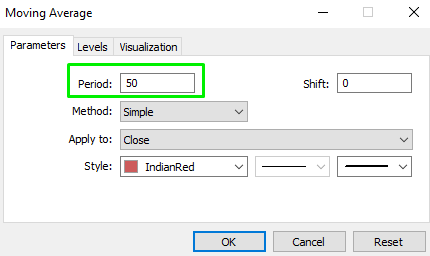
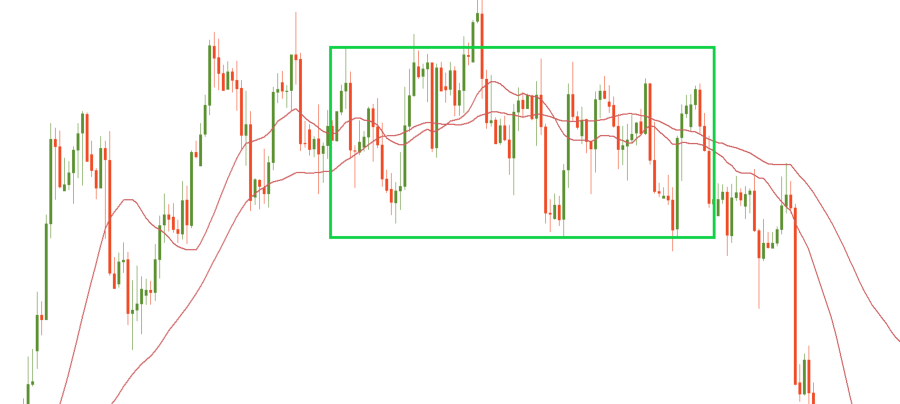
Per i trader di livello intermedio
Imposta almeno due massimi del prezzo sullo stesso livello e traccia una linea orizzontale. Fai lo stesso con i minimi. Otterrai un corridoio orizzontale.
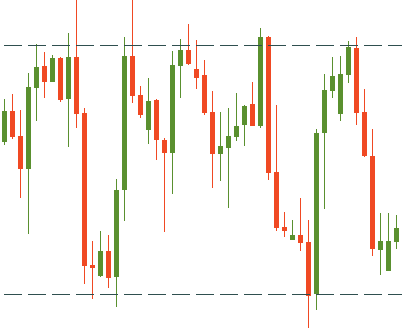
*Suggerimento! Usa entrambi gli approcci e il segnale sarà più forte.
*Suggerimento! Salva i grafici con gli indicatori impostati come modello. Successivamente non sarà più necessario impostare questi indicatori e i relativi parametri. Per farlo, fai clic in un punto qualsiasi del grafico e poi clicca su “Modelli”, “Salva modello”. Fatto!
Per aprire un ordine di ACQUISTO devono essere soddisfatte tutte le condizioni seguenti.

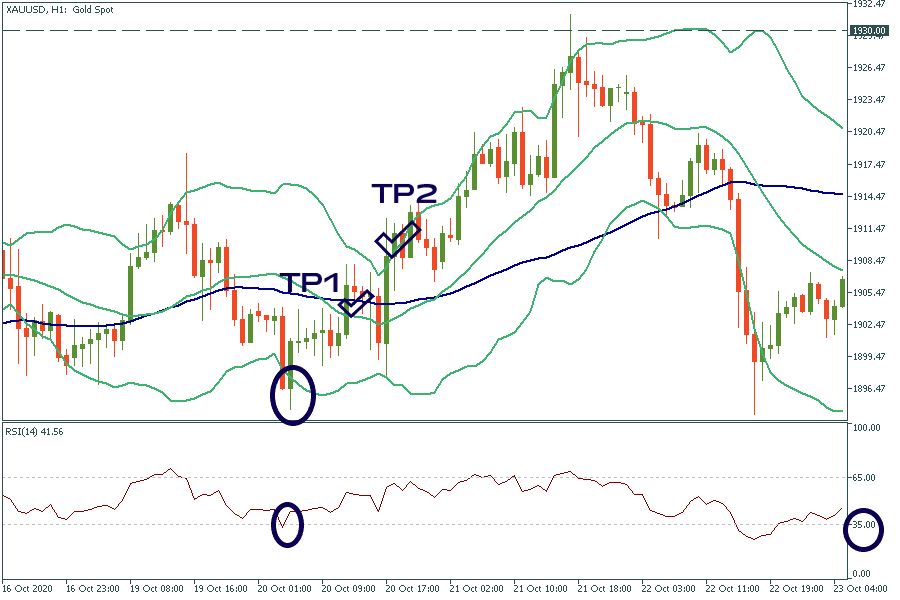
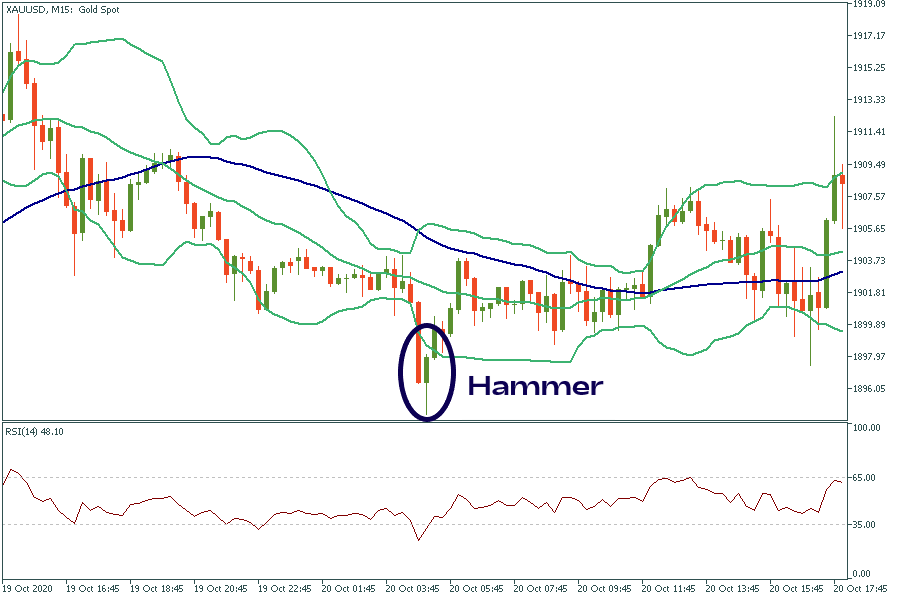
Per aprire un ordine di VENDITA devono essere soddisfatte tutte le condizioni seguenti.
Questa strategia è adatta sia ai trader principianti che ai trader più esperti in quanto da un lato si basa su indicatori semplici e dall’altro richiede diversi livelli di filtraggio e conferma dei segnali di trading.

Bill Williams è il creatore di alcuni degli indicatori di mercato più popolari: oscillatore Awesome, frattali, Alligator e Gator.

Le strategie di tendenza funzionano bene: possono dare risultati significativamente buoni in qualsiasi timeframe e con qualsiasi asset. L'idea principale della strategia ADX di cercare di cogliere l'inizio della tendenza.

Le strategie di trading contro tendenza sono le più pericolose, ma anche le più redditizie. Siamo lieti di presentarti un'eccellente strategia di trading contro tendenza per lavorare in qualsiasi mercato e con qualsiasi asset.
La vostra richiesta è accettata.
Ti chiameremo durante l’intervallo di tempo che hai scelto
La successiva richiesta di richiamata per questo numero di telefono sarà disponibile in 00:30:00
Se hai un problema urgente, ti preghiamo di contattarci tramite
chat live
Errore interno. Si prega di riprovare più tardi